PRESS RELEASE
After nearly 20 years as a Trustee of Vulcan to the Sky, Ken Smart, CBE, FRAeS, has decided to retire from his role. Mr. Smart played an instrumental part in returning Avro Vulcan XH558 to flight: in the early days with the project at Bruntingthorpe he worked with the team to convince a very skeptical UK Civil Aviation Authority (CAA) that the Trust had Safety Management Systems embedded that would allow safe operation of XH558 at public displays. The Vulcan to the Sky Trust (VTST) is a charity committed to preserving and protecting two of the most iconic aircraft in British history, Vulcan XH558 and English Electric Canberra WK163. These aircraft types played integral roles in the advancement of aviation and engineering technologies.
Mr. Smart has a wealth of experience in aviation: his background includes aeronautical engineering roles in UK government research establishments during the 1960s and early 70s. In 1975 he joined the Department for Transport’s Air Accidents Investigation Branch (AAIB) and in September 1990 he went on to become the UK’s Chief Inspector of Air Accidents and Head of the AAIB. In April 2005, after 30 years as an investigator with the AAIB, Mr. Smart retired and became a Visiting Professor at Cranfield University until 2019.
His other aviation roles include being a non-executive Director at British Airways (BA), a Board Member of BA where he was Chairman of the BA Board Safety Review Committee, and served on the Company Audit Committee. Mr. Smart also served as Chairman of the Board of Trustees of the UK Confidential Human Factors Incident Reporting Programme (CHIRP) and was the European President of the International Society of Air Safety Investigators.
It’s down to Mr. Smart’s exceptional CV that he is held in high regard, not only amongst the team at VTST but also in the wider aviation industry. And it’s in no small part because of his skills and knowledge of airworthiness and air safety that the CAA awarded Vulcan XH558 her Permit to Fly on 3 July 2008. Two days later she performed her first display for an enthralled British public at the RAF Waddington Airshow and went on to fly for several years before making her final landing on 28 October 2015.
“I’d like to thank colleagues and friends within the Trust for making my tenure as a Trustee such an interesting and enjoyable experience,” Mr. Smart said. “Keep the faith and I wish you all every success in the future.”
The Board of Trustees and everyone at Vulcan to the Sky Trust thanks Ken for his part in XH558’s story and we wish him many happy years of retirement. For more information visit www.vulcantothesky.org







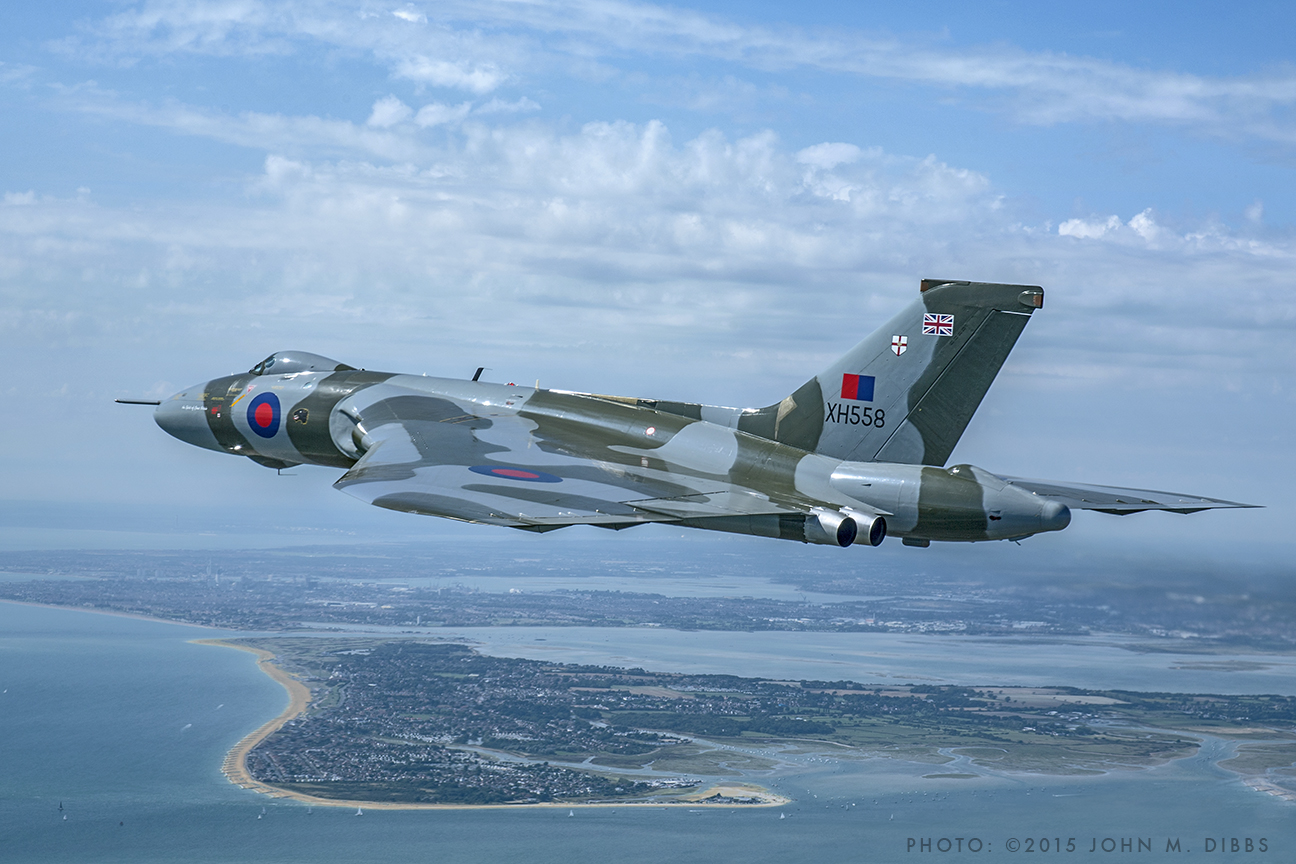


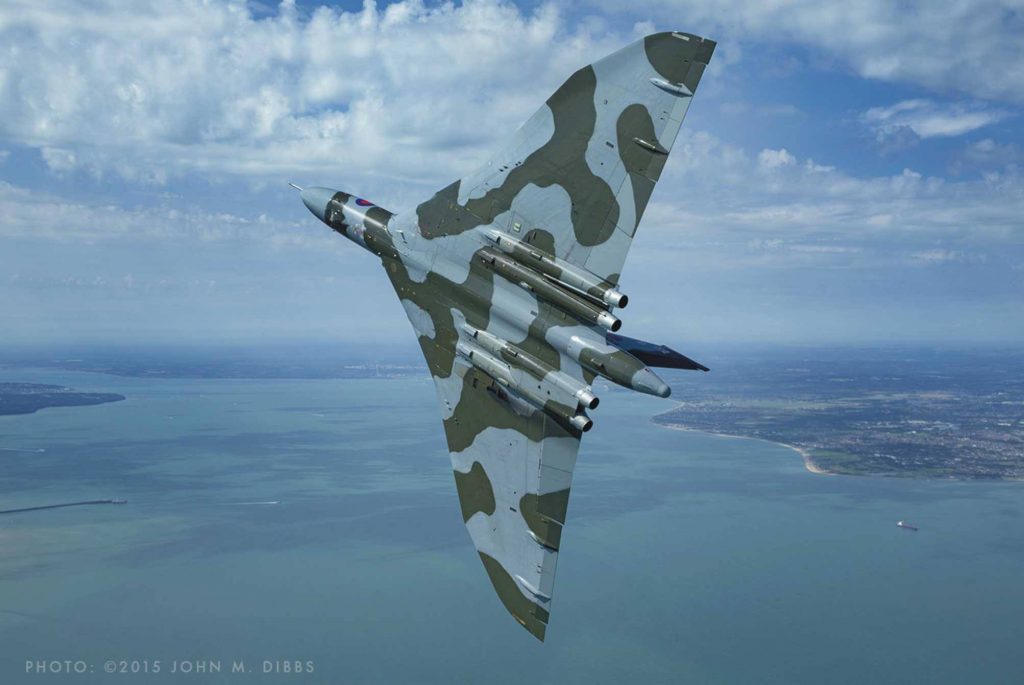
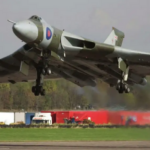

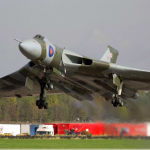
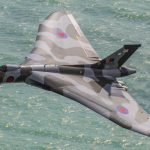
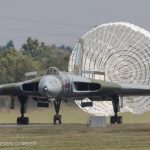
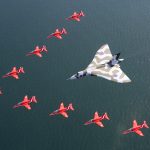


![Brunswick Naval Aviation Museum Fundraising to Repaint P-2 Neptune 13 [Photo via Brunswick Naval Aviation Museum]](https://vintageaviationnews.com/wp-content/uploads/TAML0128-150x150.jpg)












